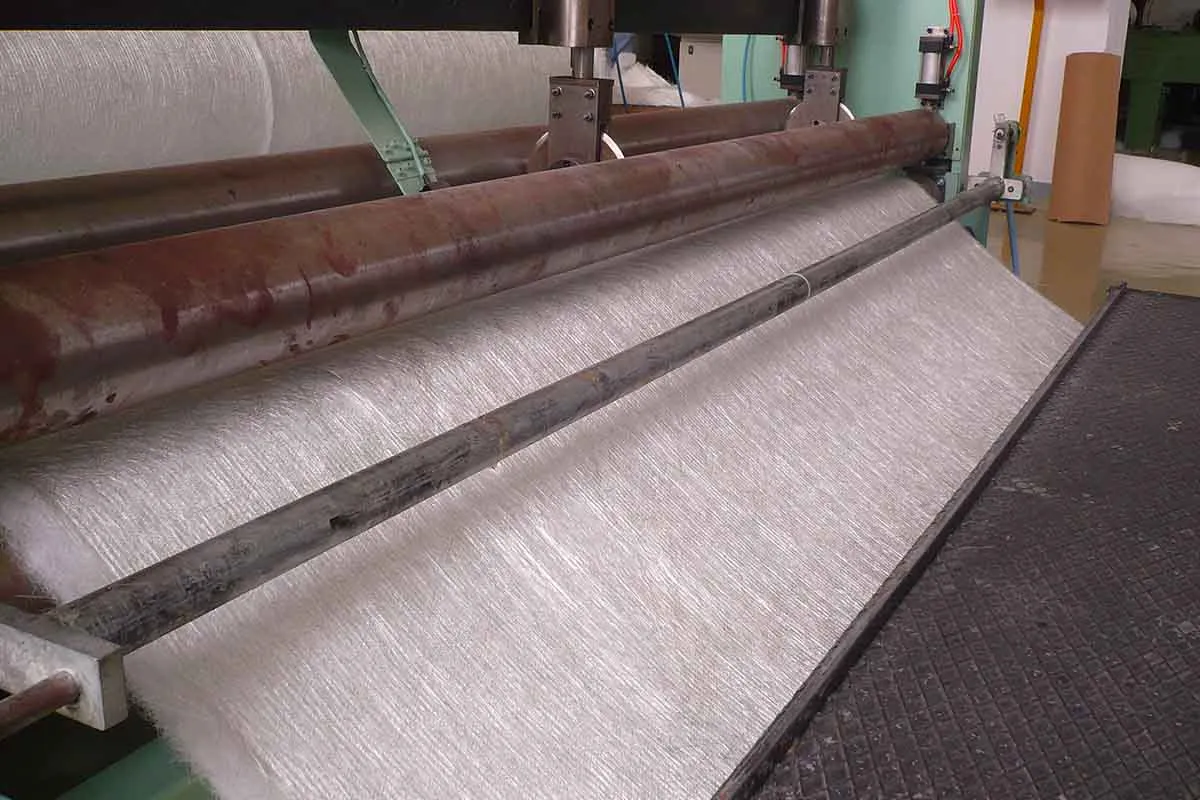Glass Fibre, often referred to as fiberglass, has revolutionized industries across the globe due to its incredible strength, versatility, and durability. In this article, we explore the world of glass Fibre solutions, uncovering the remarkable applications and benefits that have made this material an essential part of modern manufacturing and construction.
The Science Behind Glass Fibres
Glass fibres are thin strands of glass that are extremely strong, lightweight, and flexible. They are created through a complex manufacturing process that involves melting glass and extruding it into fine filaments. These filaments are then bundled together to form glass fibre strands, which can be woven into fabrics, used as reinforcement, or molded into various shapes.
Versatile Applications
Glass fibre solutions find application in a wide range of industries, owing to their exceptional properties:
Construction: Glass fibre-reinforced composites are used in construction for reinforcing concrete, creating strong and durable structures. They are also employed in architectural features, providing strength while maintaining design flexibility.
Automotive: The automotive industry benefits from glass fiber composites in the production of lightweight components, reducing vehicle weight and improving fuel efficiency.
Aerospace: In aircraft and spacecraft manufacturing, glass fibers are used to create lightweight, high-strength parts, contributing to improved performance and safety.
Marine: Boat builders utilize glass fiber composites for hulls and other components due to their resistance to corrosion and ability to withstand harsh marine environments.
Wind Energy: Wind turbine blades are often constructed using glass fiber composites, as they offer the strength and flexibility required to capture wind energy efficiently.
Electronics: Glass fibers are used in the production of circuit boards and optical cables for their excellent electrical and data transmission properties.
Sports and Recreation: Glass fibre solutions are employed in the manufacturing of sports equipment like tennis rackets, fishing rods, and kayaks, providing strength and flexibility for optimal performance.
Advantages of Glass Fibre Solutions
Strength: Glass fibres are known for their high tensile strength, making them ideal for reinforcing materials like concrete, plastics, and composites.
Lightweight: Despite their strength, glass fibers are exceptionally lightweight, contributing to improved fuel efficiency and reduced transportation costs.
Corrosion Resistance: Glass fibres do not corrode, making them suitable for applications in harsh or corrosive environments.
Electrical Insulation: They are excellent electrical insulators, ensuring safety in electronic and electrical applications.
Design Flexibility: Glass fibres can be molded into various shapes and integrated into complex designs without compromising their strength.
Environmental Considerations
As sustainability becomes a global priority, glass fiber manufacturers are increasingly focusing on eco-friendly production processes and recyclability. Some manufacturers are exploring alternative raw materials, such as recycled glass, to reduce environmental impact.
Glass fibre solutions have transformed industries by providing a winning combination of strength, versatility, and durability. Their applications span from construction to aerospace, contributing to lighter, more efficient products across the board. As technology and environmental awareness continue to evolve, glass fibre solutions will remain at the forefront of innovation, shaping a more sustainable and resilient future for various industries.





